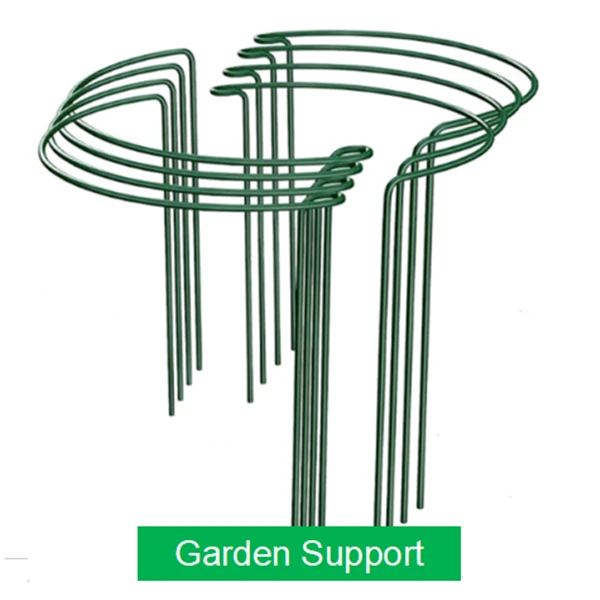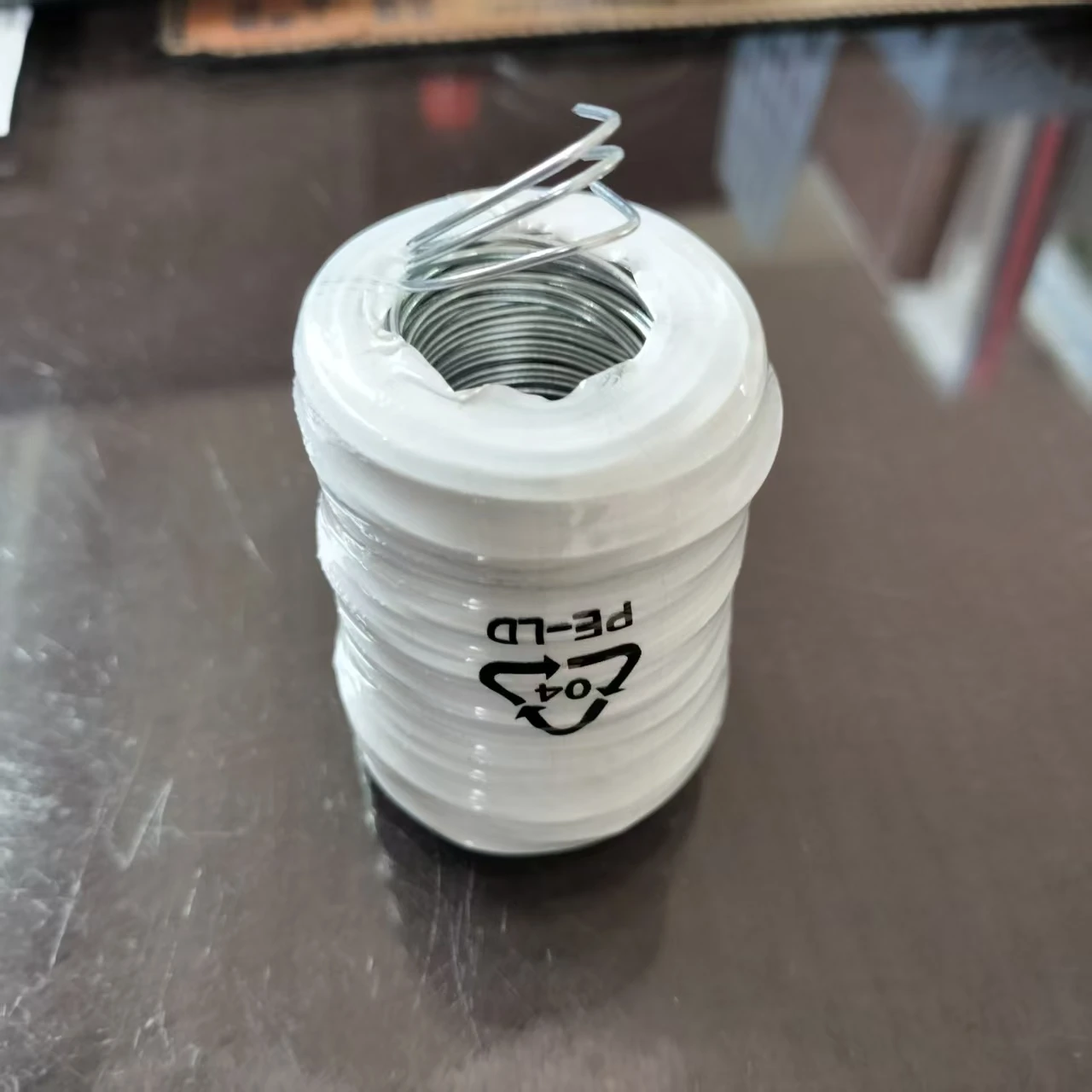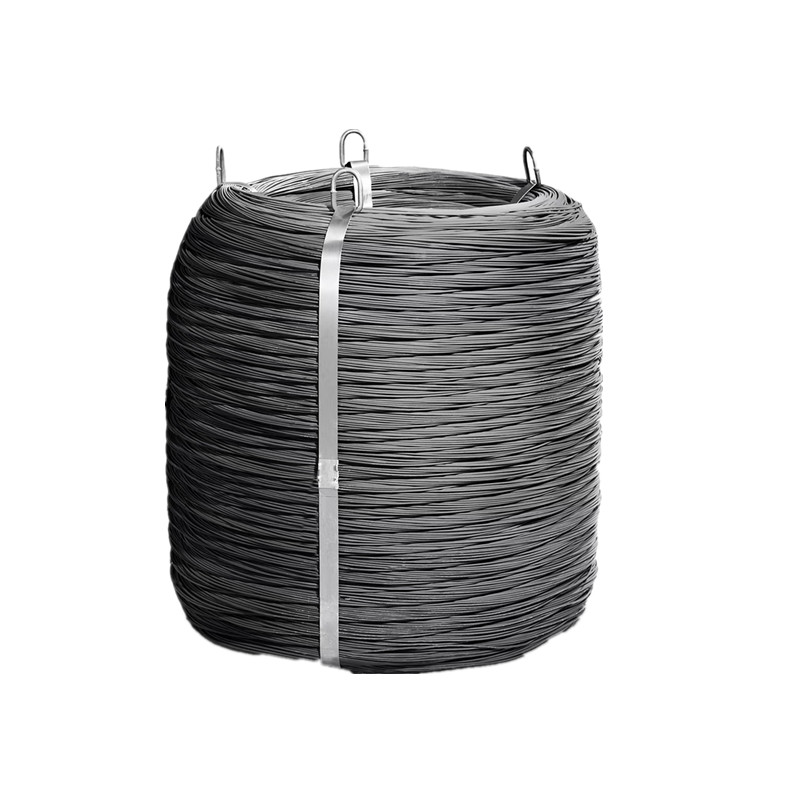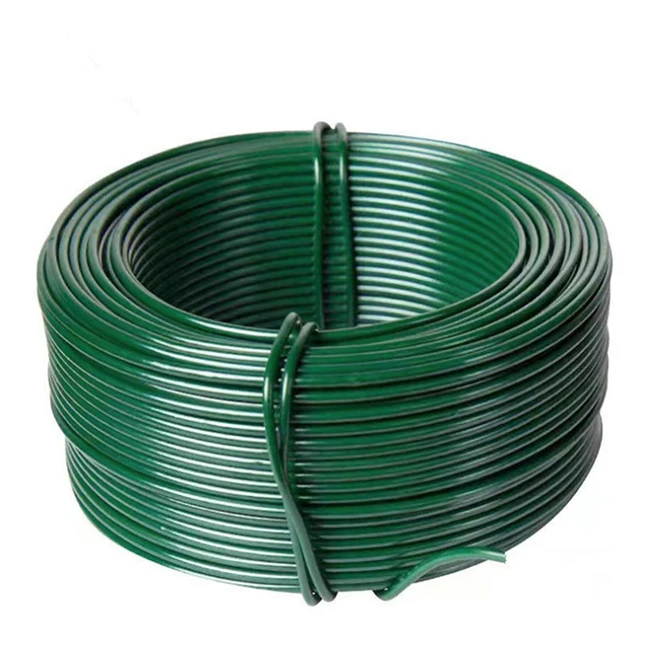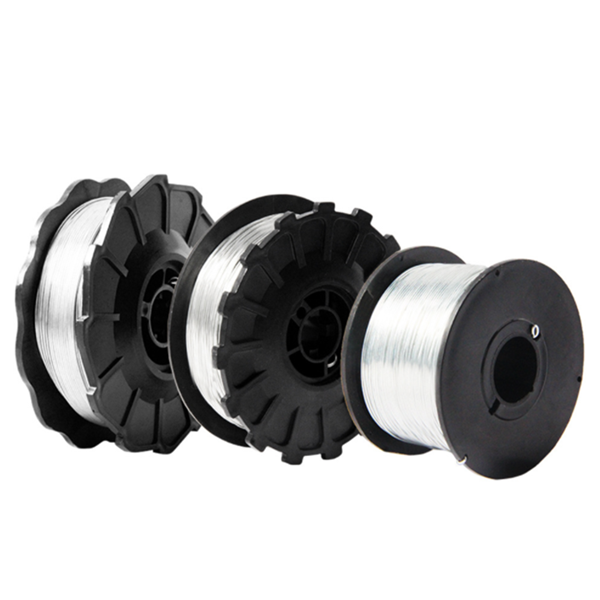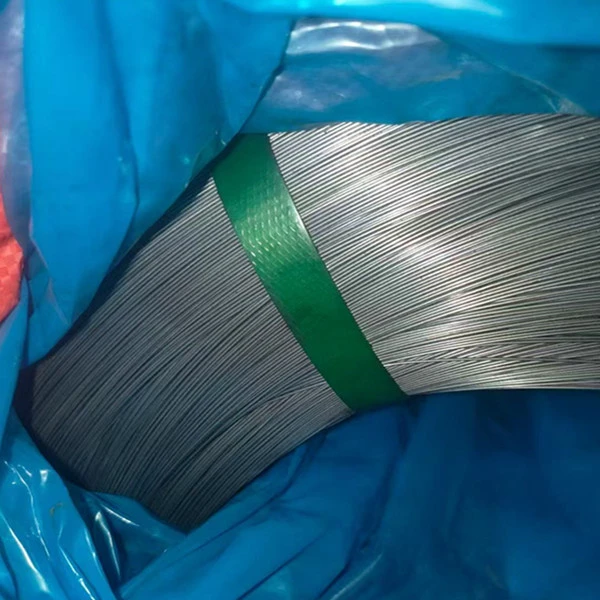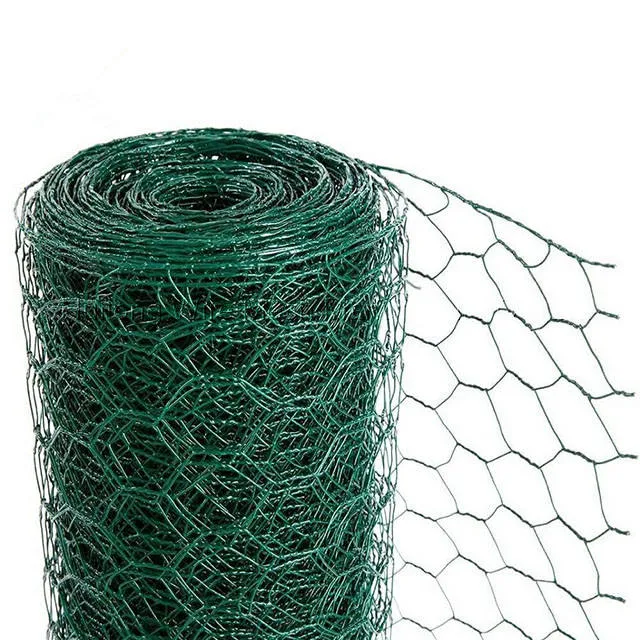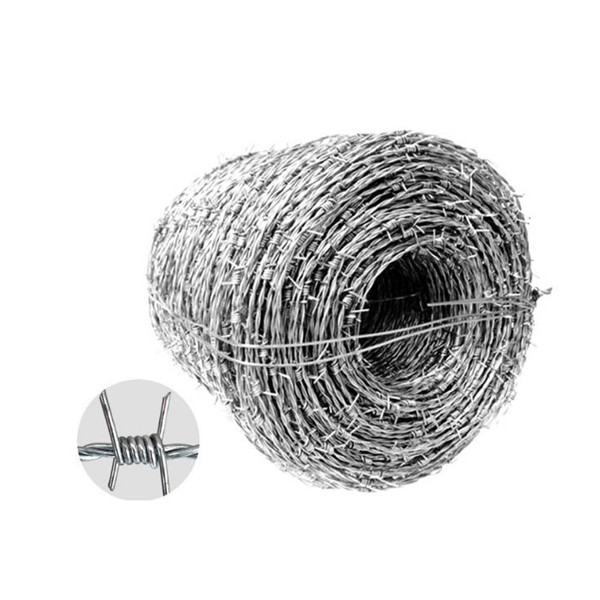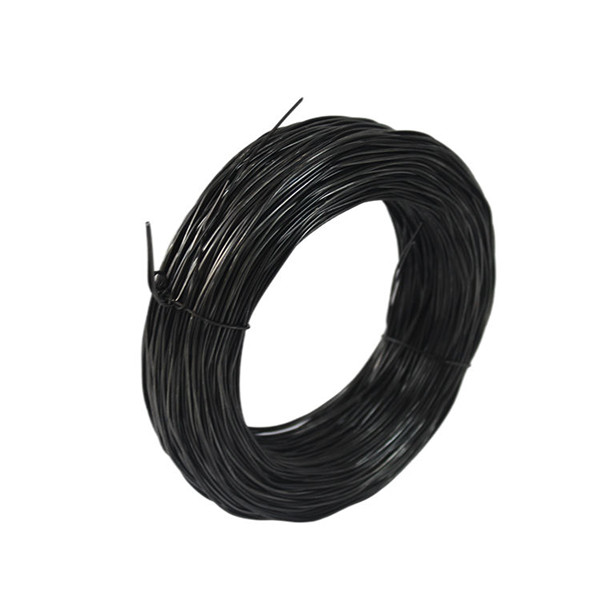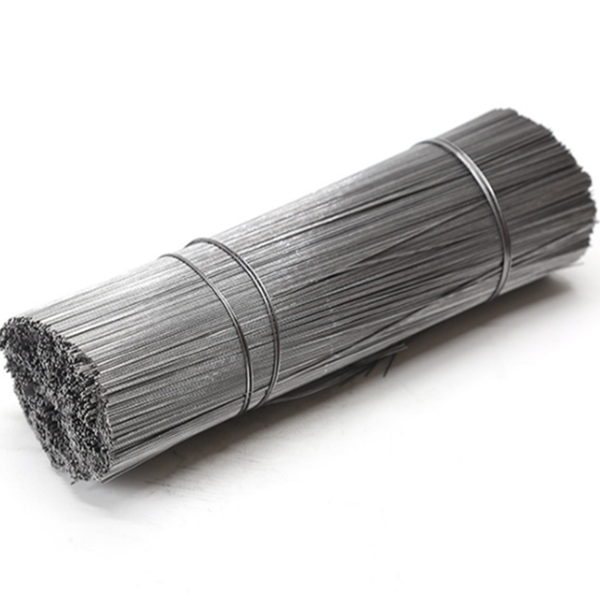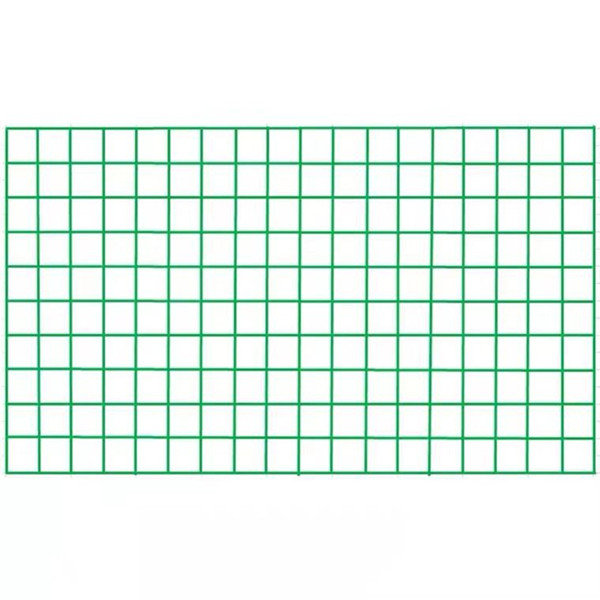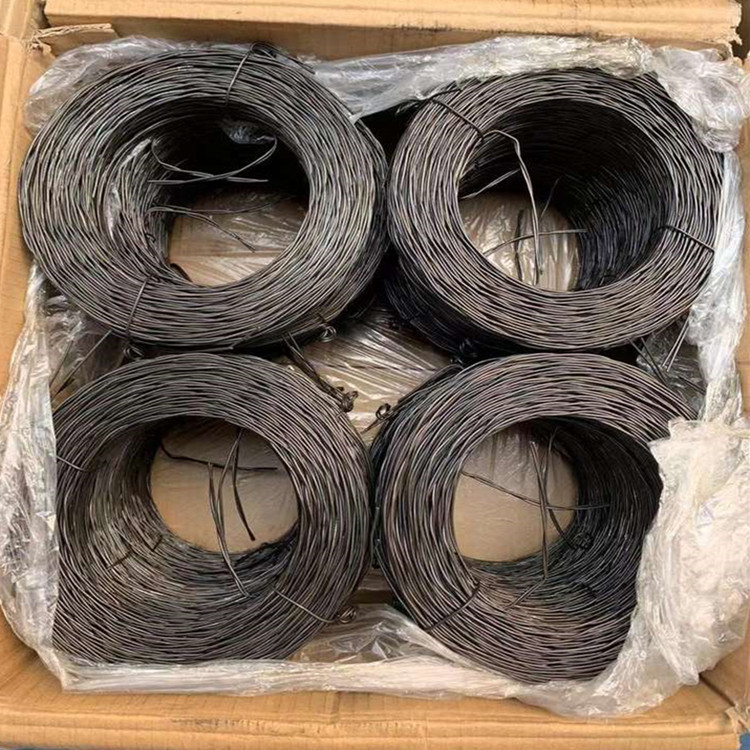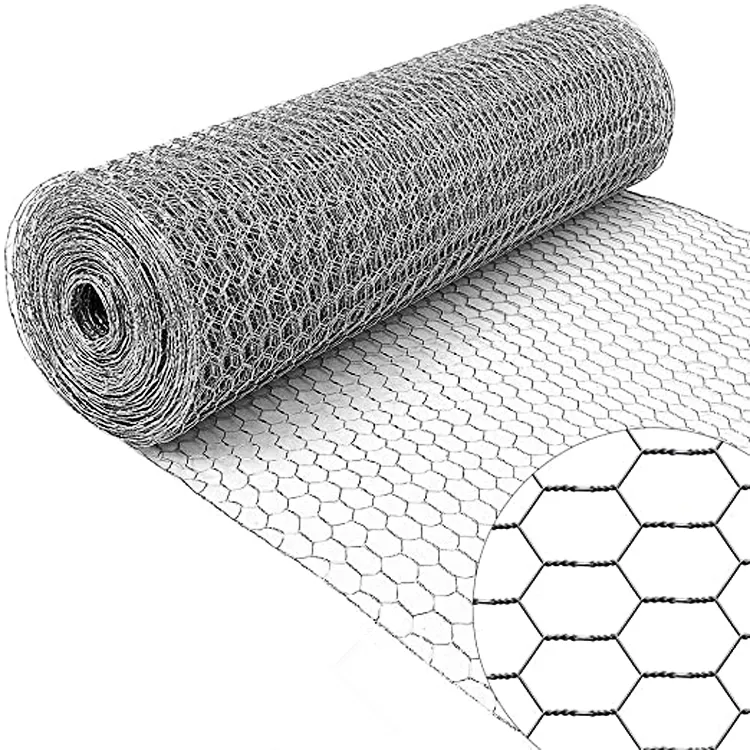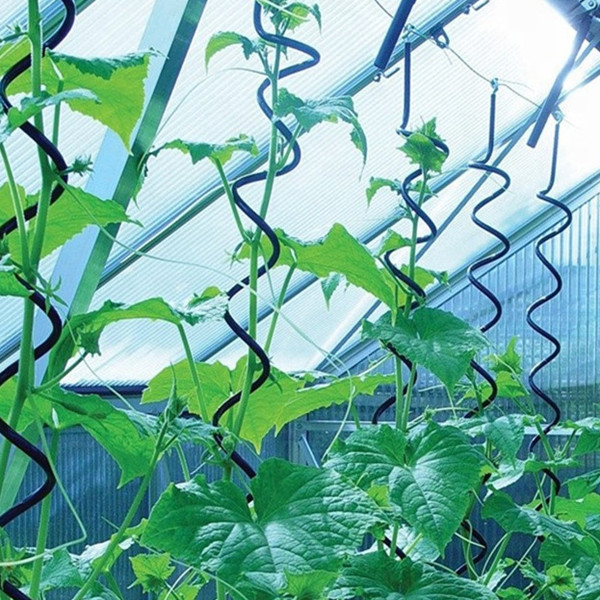Why Tightening Barbed Wire Fence Matters Globally
Picture vast farmlands, industrial zones, or even humanitarian relief camps: barbed wire fences are everywhere, doing a humble but crucial job — securing boundaries and protecting assets. Yet, a fence is only as good as its tension. Proper tightening barbed wire fence systems ensure the wire doesn’t sag, offers maximum deterrence, and prolongs the fence’s lifespan. Globally, this seemingly simple maintenance step affects agriculture security, border controls, and even refugee camp safety.
From a worldwide perspective, the importance of secure fencing is underscored by statistics like the UNHCR’s tracking of refugee sites, many of which use fences for safety and order. And the ISO standards on fencing materials stress durability and strength, which directly links to adequate tensioning practices.
Mini Takeaway: Tightened barbed wire fences are the unsung heroes of property security, blending cost-effectiveness with broad safety benefits across industries.
Understanding Tightening Barbed Wire Fence: The Basics
Essentially, tightening barbed wire fence means applying tension to the strands of barbed wire stretched between posts so the wire remains taut and firm. This helps maintain the structural integrity, preventing sagging or damage from environmental factors like wind or animals.
In modern industries, proper tightening is both a practical maintenance task and a strategic operation — it affects herd control on farms, industrial site security, and even plays a humanitarian role in managing camp perimeters.
Key Components That Define Effective Wire Tensioning
1. Durability of Materials
Quality galvanized steel or PVC-coated wire resists rust and physical stresses. Many engineers point out that using resilient wire materials minimizes the need for frequent tightening, though no wire can escape the virtue of proper tensioning.
2. Tools & Tightening Mechanisms
From manual wire stretchers to automatic tensioners, the tools used impact efficiency. I’ve noticed manual tools are still popular in remote locations — durable and low-tech — but automated systems are reaching industries with large expanses of fencing.
3. Maintenance Frequency
Barbed wire fences in harsh climates or high-traffic zones demand frequent checks. How often you tighten relates directly to the local weather and usage conditions.
4. Installation Technique
Proper initial setup can reduce how often you need tightening. Spacing of posts, anchor strength, and wire gauge all play roles that sometimes get overlooked amid field urgencies.
5. Cost Efficiency
Optimizing tension prolongs fence life, reducing frequent replacements. It’s the kind of long game a savvy site manager appreciates — save now, avoid big costs later.
Mini Takeaway: Effective tensioning is not just about pulling wire tight. It’s a blend of quality materials, the right tools, smart maintenance, and solid installation.
Global Applications & Real-World Use Cases
- Agriculture: Farms in Australia and the US rely on tightened barbed wire for livestock control — keeping cattle safe and boundaries secure against wild animals.
- Humanitarian Sites: In refugee camps managed by UNHCR across Africa, fences ensure orderly movement and protection from external threats.
- Industrial Zones: Remote mining and oil fields use tightened fencing to secure costly machinery and materials.
- Border Security: National borders in Eastern Europe use advanced tensioning combined with surveillance to prevent illegal crossings.
Mini Takeaway: Wherever security or boundary management is critical, barbed wire tensioning plays a quiet yet pivotal role.
Product Specification Table for Typical Barbed Wire Fence Tightening Systems
| Feature | Description | Typical Spec |
|---|---|---|
| Wire Gauge | Thickness of steel wire used | 12.5 - 14 gauge steel |
| Wire Coating | Protection to prevent rust | Galvanized / PVC coated |
| Tensioning Device Type | Manual vs automated options | Ratchet tensioners / Hydraulic tools |
| Max Tension Force | Force applied to tighten wire | Up to 2000 N (Newtons) |
| Maintenance Interval | Recommended tightening frequency | Every 6-12 months |
Advantages and Long-Term Value of Proper Fence Tightening
It’s not just about immediate security; it’s about trust, dignity, and sustainability. Tight wire fencing conveys a message — this land, these lives, they matter enough to protect carefully.
Cost-wise, it’s sensible. Avoiding premature wire replacement, fewer breaches, and less frequent repairs add up. Plus, strong fences mean safer livestock, which ties back to community livelihoods.
Emotionally, there’s reassurance in a well-maintained fence — a boundary respected by all means physical and psychological.
Mini Takeaway: In real terms, tensioning equals saving money and fostering trust, far beyond just a “fence fix.”
What’s Next? Trends in Tightening Barbed Wire Fence
- Smart Sensors: Automated tension monitoring with IoT devices to alert when the wire loosens.
- Eco-Friendly Materials: New alloys and biodegradable coatings to reduce environmental impact.
- Drone-Assisted Inspections: Helping managers spot weak spots early without long treks.
- Automation in Tightening Tools: Hydraulic and battery-powered tensioners making site work faster and safer.
The future feels like a blend of old-school muscle and high-tech sensing — a mix quite fitting for such a timeless fence.
Facing Challenges Head-On and Smart Solutions
Sagging wire, corrosion, difficult terrain — these remain headaches. But innovations like zinc-aluminum coatings and synthetic posts increasingly tackle these issues. Plus, training and digital manuals help fence crews tighten wires more effectively and safely.
Then there’s cost vs. quality — getting the balance right. Many opt for cheaper wire that needs constant tightening — which ironically raises labor costs. Thoughtful investment in better base materials saves money and time in the long run.
Vendor Comparison: Choosing the Right Provider for Wire Tightening Solutions
| Vendor | Product Range | Technology | Pricing | Special Features |
|---|---|---|---|---|
| Lanye Wire Mesh | Barbed wire, tensioners, posts | Manual and semi-automatic tools | Competitive | Customizable fencing solutions, eco-friendly options |
| FenceTech Supplies | Full fencing kits | Automated tension sensors | Premium | Advanced IoT monitoring |
| SecureLine Fence Co. | Wire, tools, security accessories | Manual tensioners only | Budget-friendly | Good support for rural projects |
FAQ: Frequently Asked Questions About Tightening Barbed Wire Fence
How often should I tighten barbed wire fences?
Maintenance frequency depends on environmental stress and fence use but typically tightening every 6 to 12 months keeps your fence in good shape. After storms or heavy grazing, an extra check is wise.
Can automated tensioning tools really save time?
Absolutely. Automated or hydraulic tensioners reduce manual labor and improve precision, especially for large-scale fences, but they carry upfront costs and require some training.
What’s the best way to prevent corrosion during tightening?
Using galvanized or PVC-coated wire greatly reduces rust. Also, tightening should be done carefully to avoid damaging the coating, preserving its protection.
Is it possible to retrofit existing fences with better tension?
Yes, retrofitting with new tensioners or adjusting anchor posts can significantly improve older fences without full replacement, making it cost-effective.
Where can I find quality tools and fencing materials?
Lanye Wire Mesh offers a great selection of wires, tightening tools, and custom fencing options suited for diverse needs.
Conclusion
In the long haul, properly tightening barbed wire fence is much more than maintenance — it’s an investment that pays back in security, longevity, and peace of mind. Whether safeguarding livestock, protecting industrial assets, or supporting critical humanitarian boundaries, tight fences are quiet guardians of order and safety.
Ready to upgrade your fence’s performance? Visit Lanye Wire Mesh and discover solutions that stand the test of time and tension.




